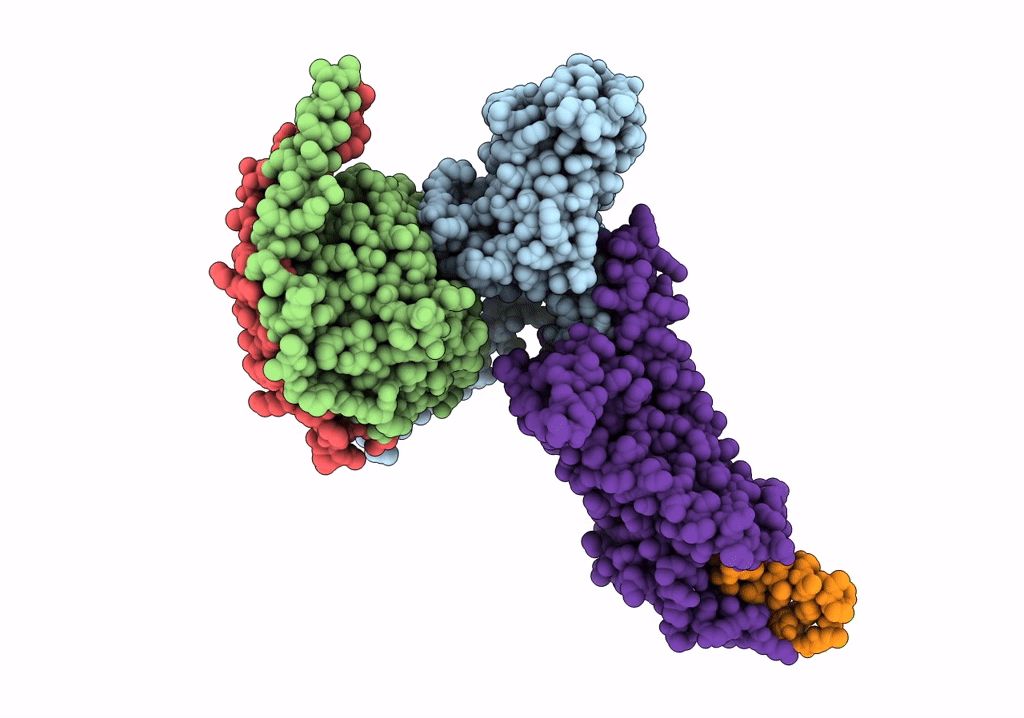
Deposition Date
2022-03-15
Release Date
2022-05-18
Last Version Date
2022-05-18
Entry Detail
PDB ID:
7X9C
Keywords:
Title:
Cryo-EM structure of neuropeptide Y Y4 receptor in complex with PP and Gi
Biological Source:
Source Organism:
Homo sapiens (Taxon ID: 9606)
Host Organism:
Method Details:
Experimental Method:
Resolution:
3.00 Å
Aggregation State:
PARTICLE
Reconstruction Method:
SINGLE PARTICLE


